How to choose the right dinghy sailing footwear
Protecting your feet on the water is so important when it comes to both performance and preventing injury, but if you’re new to sailing, or trying out dinghies for the first time, it can be hard to know where to start. With a wide range of options from all of the top sailing brands, we definitely have something for you here at Wetsuit Outlet. Read on to find out the difference between hiking boots and skiff boots, and why you should choose velcro over zips if you're wearing a drysuit...
If you already know what you want, or would prefer to view all of our options at once, you can browse all our dinghy shoes here. We also have a yacht sailing footwear guide, in case you need it.
Types of dinghy boot
Hiking boots
If you sail a boat that requires a lot of hiking, such as a Laser, you’ll benefit from a pair of boots that have additional reinforcement on the upper foot area, like the Gul Winward Boots. This will help to better distribute the load of your body weight, allowing you to hike harder, for longer. The additional reinforcement tends to mean these boots are a little more rigid than other styles, so less ideal for situations where your feet need to be flexible, but great if you’re launching and landing on a stony beach, as the thicker sole offers more protection. Additionally, this means these boots won’t stretch with wear, so make sure you get the right fit before you buy.
Skiff booties
For skiff sailing, such as in 49ers, or any other boat where you would need to be trapezing at times, skiff booties are the best option. They’re more lightweight and flexible than hiking boots, which will allow your foot to mould around the gunwale when out on the wire. Having this additional surface area in contact with the boat gives a better grip, as can a split-toe design like in the Zhik split-toe boots. Or for a more entry-level boot the Crewsaver Granite Boots, has a lightweight feel. Generally, skiff boots will have minimal reinforcement on the top of the boot for hiking.
All-round boots
If you sail in hiking and trapezing boats, you’d be better off getting a pair of all-rounder shoes. They’ll have some reinforcement on the upper section, but will have more flexibility than a standard pair of hiking boots. Consider whether you would prefer to have boots that cover your ankle as well – if you’re going to be hiking at any point, it’s worth choosing a boot that will protect your ankle and lower leg, so you don’t get chafing on your shins. These Gill Aero Boots are perfect for sailors who like to do a bit of everything.
Surf shoes
Watch out for surf shoes like these Rip Curl ones, as they can look similar to skiff booties and all rounder shoes. Generally, surf boots will have no reinforcement on the upper part of the shoe, and will have more grip on the sole for standing on a board. They will often come in a pull-on style, like a sock, as this offers a tighter seal around the ankle to reduce water entry.
Fastenings for dinghy boots
No one wants their boots flying off mid-sail, so make sure you choose a style of fastening that feels comfortable for you, and gives the best fit. You should also think about whether you’ll be sailing through the winter as well, because during the coldest times of the year you’ll want to be wearing thermal socks underneath your boots, and you may also have the additional layer of latex drysuit socks too. These layers can become uncomfortable if your boots aren’t big enough to allow for it, so you may want to invest in a summer pair and a winter pair, in different sizes.
Lace up
A lace-up fastening is ideal if you have wider or narrower than usual feet, or wider ankles/lower legs. The Gul All Purpose Lace-up Boots are great because the lacing goes all the way down the side towards the arch of the foot, meaning you can adjust the laces to be tighter or looser around different parts of your foot, giving you the most personal fit available. With laces though, it is important to make sure that they are securely tied and tucked away before getting out on the water, as they are liable to get caught on something otherwise.
Zip
Zip boots don’t have the snag risk, and will generally have a Velcro tab at the top to cover the zip and keep it secure. If you have wider ankles, you may find a zip boot is harder to fasten, or slips down during sailing, so opt for a boot with a more substantial Velcro strap at the top to support the zip. If you’ve got narrow ankles, you may find the ankle section of the boot feels a little loose, which can let water in as well as potentially causing rubbing against your ankle.
Velcro
Velcro boots are great as they’re just as adjustable as a pair of lace-ups. They’re particularly useful for wearing with drysuits, as you don’t risk catching the latex sock of the drysuit in a zip, which can result in unwanted repair costs. This pair of Gill Aero Boots have a front-entry velcro fastening, which makes them really easy to get on and off.
Pull on
Pull on styles are generally reserved for surf boots or shorter booties. They offer a tighter seal around the ankle but can take a little longer to get on and off. It’s very important to get the fit right though, as you don’t want to risk cutting off the circulation in your feet, making your feet colder, which would be a little counter-productive.
--
Written by Eliza Tilbury
Updated on 26th April 2023
Originally published on 9th August 2019 in Sailing












































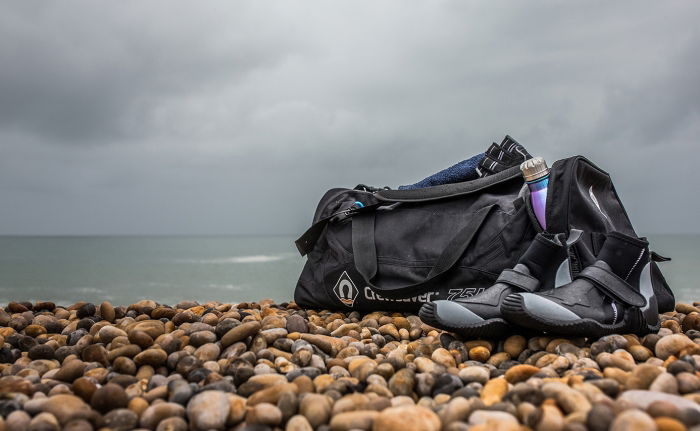


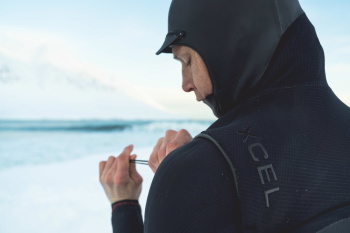
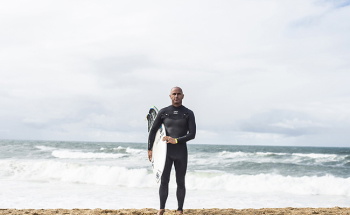
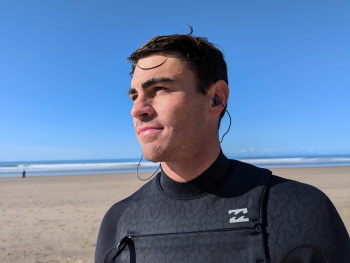
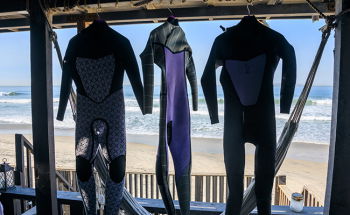
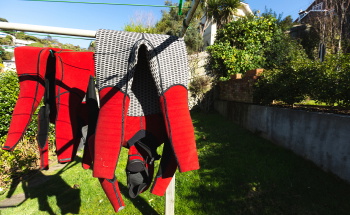
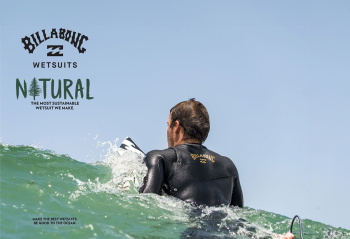

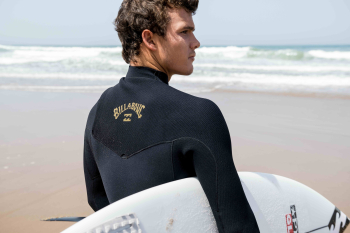

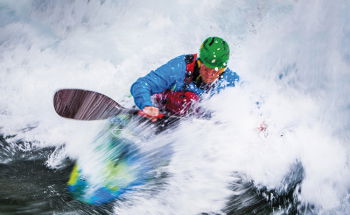
 Visit the US site
Visit the US site  Continue to DE
Continue to DE